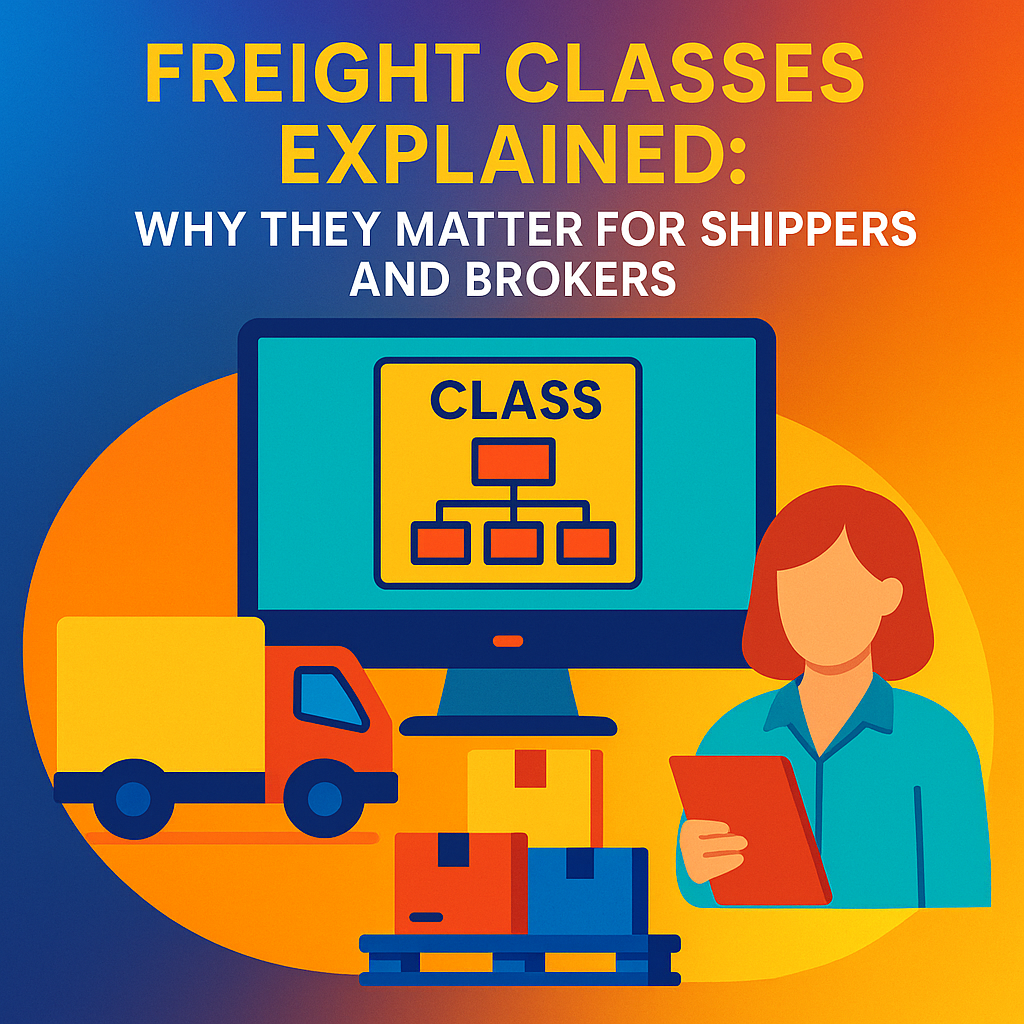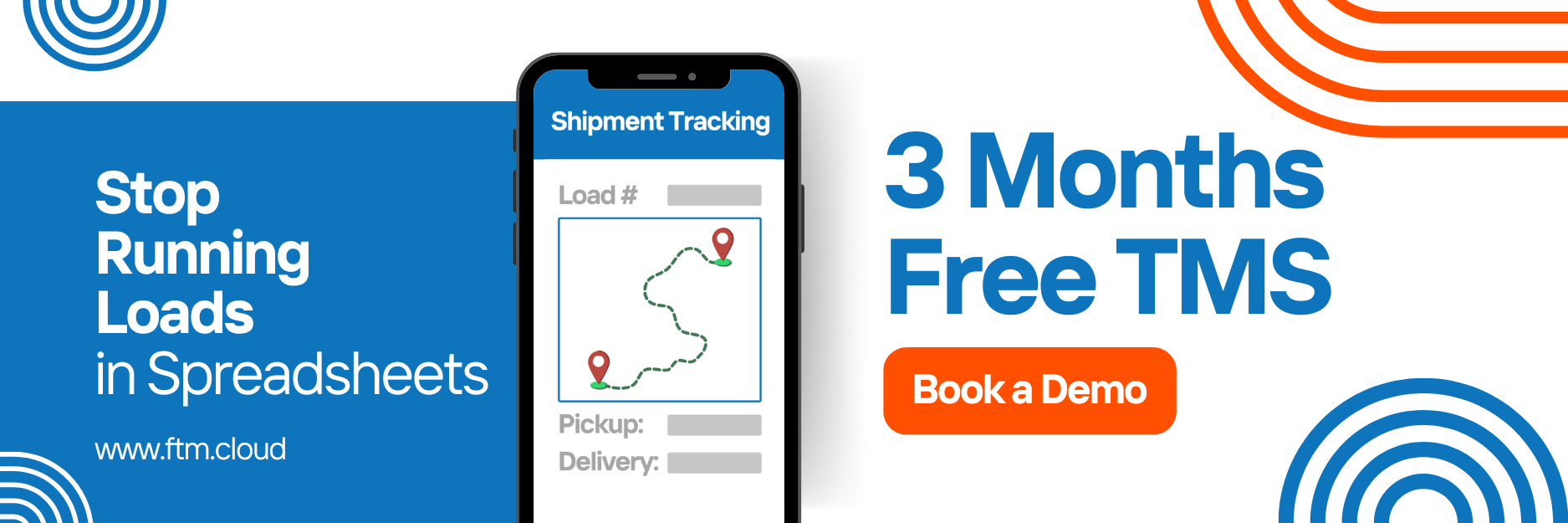Why Freight Class Misclassification Costs You Big
Imagine two shipments of the same weight traveling the same route, yet one costs 30% more. Often, the culprit isn’t distance or fuel, it’s freight class misclassification.
From LTL carriers to full-truckload brokers, freight classes govern pricing, liability, and operational complexity. Misclassifying freight can drain margins, delay deliveries, and create claims disputes.
What Are Freight Classes and Why Do They Exist?
Freight classes are an industry standard, such as NMFTA rules in the U.S., that categorize shipments based on:
- Density: Weight relative to space
- Stowability: Ease of placement in a truck
- Handling: Labor and equipment requirements
- Liability: Risk of damage or claims
Proper classification helps carriers price capacity fairly and manage risk. Errors can lead to higher rates, reclassification chargebacks, or denied shipments.
How Freight Classes Affect Your Costs
1. Rate Calculation & Pricing
Lower-class (dense) shipments cost less per pound. High-class shipments (bulky, fragile) carry risk premiums.
2. Reclassification & Chargebacks
Carriers audit shipments post-delivery. Misclassification can trigger costly adjustments.
3. Claims & Liability
High-class items have higher damage risk. Misclassification can compromise insurance coverage during claims.
4. Optimization & Efficiency
TMS systems that integrate class logic optimize load builds, stacking, and space utilization, reducing empty gaps and unnecessary costs.

Real-World Freight Class Scenarios
- Scenario A: Furniture vs. Boxes
Same weight, but bulky furniture gets a higher class → higher costs. - Scenario B: Heavy Appliance vs. Lightweight Sculpture
A dense appliance costs less per pound than a low-density, awkward item, showing the impact of density and handling.
Best Practices for Correct Freight Classification
| Best Practice | Why It Works |
|---|---|
| Accurate dimension & weight measurement | Reduces misclassification risk |
| Density-based class tools | Helps select correct class |
| Partner with carriers providing class transparency | Eases dispute resolution |
| Quarterly shipment audits | Catch mischarges early |
| Use TMS freight/logistics tools | Automates class checks and assignments |
Technology & Visibility: The Smart Advantage
Modern TMS transportation management systems integrate freight class logic, enabling teams to:
- Detect misclassifications before booking
- Flag anomalies in invoices
- Compare cost models across carriers
- Audit chargebacks with full records
A TMS cloud solution turns freight class data into profit, efficiency, and predictability.
Freight Classes in a Global Context
International carriers use HS codes instead of freight classes for duties and customs.
- Misalignment with local classes or codes can delay shipments.
- Cross-border operations need TMS systems that adapt class rules for each region (e.g., Canada, Mexico).
Final Words
Freight classes aren’t just labels, they’re critical to cost control, operational accuracy, and risk management. Mastering freight class logic protects margins, reduces disputes, and strengthens relationships with carriers.
Upgrade your logistics stack. Connect freight class logic, visibility, and audit tools with your TMS.
Request a demo at FTM and see how smart classification turns freight into profit, not cost.

